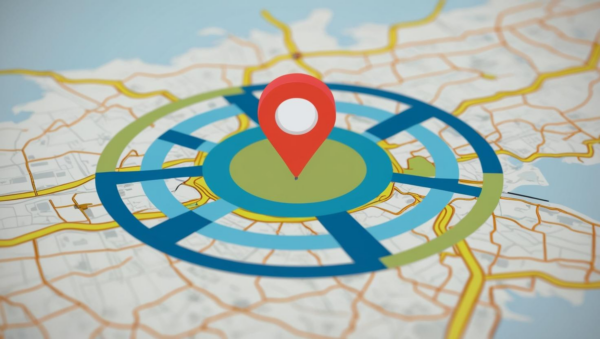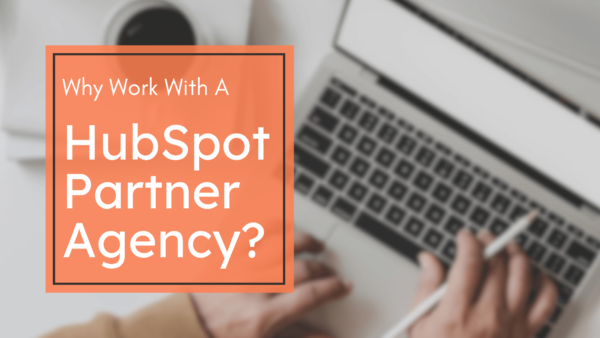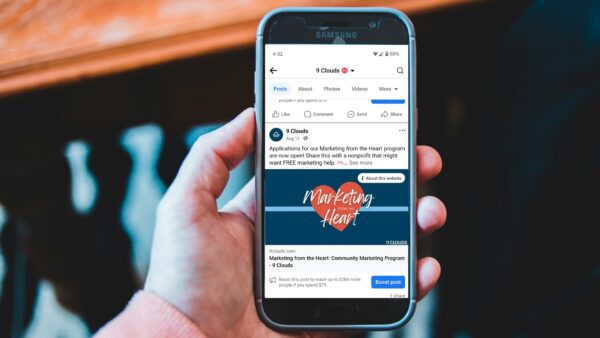
Why Multi-Factor Authentication (MFA) is Important for Small Businesses
In a world full of cyber threats, businesses gotta protect their operations and data.
From simple viruses to big data breaches, cybercriminals have so many ways to attack. And with everything connected to the internet, the risk is constant. One successful attack can mess up your operations, expose sensitive data, and cause chaos.
As data becomes the heart of modern business, any breach can lead to big losses — so understanding cybersecurity is crucial.
Creating strong passwords is a fundamental step in defending against hackers, but the most effective way to protect your accounts is by using advanced security measures such as two-factor authentication (2FA), also known as two-step verification or multi-factor authentication (MFA).
These measures add an extra layer of security by requiring multiple forms of verification before granting access to an account or system. Adding MFA is a great way for businesses to cut down on unauthorized access, even if passwords get stolen.
Understanding MFA and Its Importance
According to Ponemon Institute research, the average cost of a data breach is $4.24 million globally. And while that cost is astronomical, it’s not only about the risk of losing money. The fallout from an attack can harm a company’s reputation, leading to lost customers and missed opportunities.
That’s why effective cybersecurity isn’t just a luxury. It’s a necessity for survival in today’s digital landscape.
MFA is like having multiple locks on your door before someone can come in. It’s a smart way to keep your data and applications safe. With MFA, you need to provide two or more pieces of information to prove who you are when logging in. This could be a combination of:
- Something you know (like a password)
- Something you have (like a mobile device)
- Or something you are (like a fingerprint)
The beauty of MFA is that even if one of these keys gets stolen, the thief still needs another one to get in. So your data stays safe — whether it’s on your computer, a network, or in the cloud. Microsoft says that MFA can prevent 99.9% of attacks on your accounts.
Best Practices for Maintaining MFA
So now that you understand the importance, here are some tips to help you maintain strong protection for your business so that you can make sure MFA does its job.
Use Code Generator-Based Authentication
Instead of relying on SMS codes or emails, which can be intercepted by hackers through SIM swapping or other methods, use code generator-based authentication.
Apps like Google Authenticator, Bitwarden and Authy generate time-based codes that are tied to your device. This makes them much harder for cybercriminals to intercept and use.
Store Backup Codes Securely
Always generate and securely store backup codes for account recovery. These codes are a lifeline if you lose access to your primary methods — including if you lose your code generator app due to the loss of your phone or other calamity.
But make sure to keep them in a safe place, like an encrypted app or a secure physical location. Consider using encrypted apps like StandardNotes, MEGA, or others for safe digital storage. For physical storage, choose a secure option that you are confident they cannot be lost or stolen.

7 Practical Tips and Common Pitfalls
Tip #1: Enable 2FA/MFA for All Your Users
Make sure everyone in your organization uses MFA to reduce the risk of unauthorized access. Don’t just protect a few departments — hackers love easy targets.
Pitfall: If not everyone’s on board, you’ll have security gaps. Make it mandatory and offer plenty of support to get everyone set up.
Tip #2: Promote Authenticator Apps
Push for using authenticator apps like Duo Mobile and Bitwarden’s built-in TOTP generator. These apps generate unique, time-sensitive codes (called time-based one-time passwords, or TOTP) that users can enter when logging in. They’re way safer than SMS codes because they are offline and change every few seconds, providing better protection against phishing attempts.
Pitfall: People might resist switching from SMS to app-based codes. Show them the benefits and provide easy-to-follow setup guides to make the transition smoother.
Tip #3: Use Contextual and Adaptive MFA
Set up MFA that considers where and how users are logging in (location, device, and behavior). This keeps things secure without being a hassle.
Pitfall: Too sensitive settings can annoy users with constant verifications. Fine-tune the settings to avoid unnecessary prompts.
Tip #4: Pair MFA with SSO
Combine MFA with Single Sign-On (SSO) to make logging in easier without sacrificing security. Duo integrates with SSO providers like Okta and OneLogin, reducing the number of logins while keeping security high. Other tools we’ve mentioned, like Bitwarden, can also link with SSO for seamless access.
Pitfall: Integrating MFA with SSO can be tricky and might introduce new issues. Test thoroughly and review settings regularly.
Tip #5: Ensure Copy/Paste-Friendly OTPs
Make sure one-time passwords (OTPs) are easy to copy and paste without formatting issues. Make sure they are free of unnecessary spaces or characters that might cause authentication failures.
Pitfall: OTPs that aren’t user friendly can lead to login problems (and frustrated employees). Test them on different devices to ensure they work smoothly.
Tip #6: Boost Application Security Awareness
Regularly remind your team why MFA is important with engaging training sessions. Companies like Knowbe4 offer updates and training to help maintain high security awareness.
Pitfall: Boring or irrelevant training won’t stick. Use fun, interactive materials to keep everyone interested and informed.
Tip #7: Regularly Review and Update MFA Policies
Keep your MFA policies fresh and up to date to tackle new threats.
Pitfall: Ignoring updates can leave you vulnerable. Schedule regular policy reviews and bring in cybersecurity experts when needed.
Ready to Strengthen Your Digital Presence?
Securing your business with MFA is just one part of a comprehensive strategy. Need an ally that specializes in helping businesses navigate the digital landscape?
That’s us.
From robust cybersecurity recommendations to effective digital marketing strategies, we’ve got you covered.
Let us help you build a secure and thriving online presence.
Get Your Digital Assessment »





